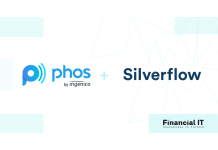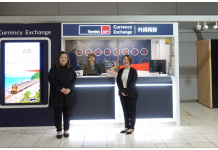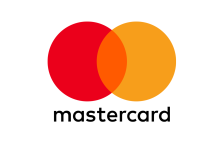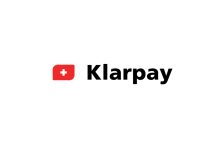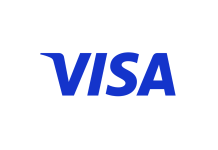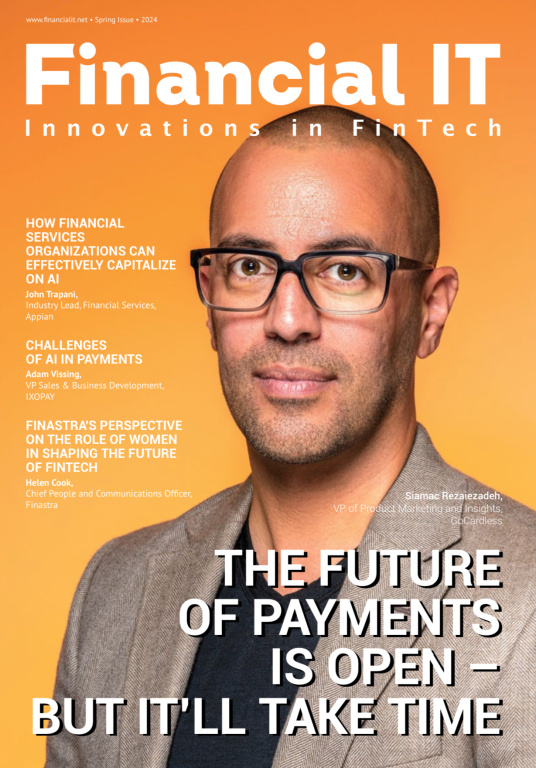Phos and Silverflow Partner to Unleash End-to-End...
- 30.04.2024 09:15 am
WEX Signs Agreement with Leading Online Travel...
- 26.04.2024 11:10 am
Klarna and Uber Announce Global Partnership
- 24.04.2024 02:05 pm
Travelex Launches Bank Partnerships Across Japan
- 24.04.2024 11:15 am
Mastercard Launches Mobile Virtual Card App to...
- 18.04.2024 02:25 pm
Gen Z Driving Shift Toward Digital Tax Payments,...
- 28.03.2024 10:25 am
MeaWallet Launches Mea Card Gateway: A Secure and...
- 20.03.2024 09:45 am
Skipify and Synchrony Enter into Strategic Partnership...
- 14.03.2024 10:25 am
Payment Terms are a Non-negotiable Requirement for 8...
- 14.03.2024 10:15 am
Klarpay Launches Exclusive Entrepreneur Accounts
- 27.02.2024 01:55 pm
Enfuce Receives E-money Licence to Boost UK Expansion
- 27.02.2024 09:45 am
Visa and the GSMA Mobile for Development Foundation...
- 26.02.2024 02:05 pm


